The rich biodiversity of Saskatchewan is struggling with wildlife population management strategies — a challenge not unique to the province but one that resonates across the world. As we explore the world of hunting and conservation, the challenges of balancing ecological health, economic interests, and public safety become evident.
Similar to Ontario’s experience with deer, wildlife authorities in Saskatchewan are addressing the surge in deer populations. With a current population of approximately 500,000 deer (a notable increase from a decade ago), the Ministry has implemented measures including extended hunting seasons and increased tags for hunters. These actions have seen success, particularly in the reduction of the once-problematic deer population in the Kemptville area by half.
Yet for some, these efforts fall short. Farmers, particularly those cultivating apples, soybeans, and market vegetables, find the current strategies insufficient. The Ministry’s response has been to issue special permits, allowing farmers to cull up to 10 deer throughout the year. However, this approach raises concerns as many harvested deer are left to waste in fields. In response to this issue, the Ontario Federation of Anglers and Hunters has called for a January deer hunt to complement the fall season.
Beyond deer, the spring bear hunt cancellation in 1999 still resonates in Ontario’s north. The Ontario Federation of Anglers and Hunters advocates for its reinstatement, arguing that it could address the increasing number of problematic bear reports. The uncertainty surrounding the bear population is intensified by the lack of a precise counting method, prompting the province to develop a DNA testing system to provide more accurate estimates.
Wild turkeys are a major problem in Ontario as they cause a lot of damage to crops. The province responds by increasing hunting licenses, reaching a record of 10,492 turkey harvests last year. To further control the population, an either-sex hunt was introduced for the first time this fall.
Completing the list is the raccoon, sparking complaints from farmers. The decline in raccoon hunting contributes to the rising concerns, highlighting the diverse role hunting plays in wildlife management.
However, in recent news from Arizona, wildlife officials are on the hunt for poachers who allegedly killed a pronghorn antelope while leaving its headless body behind. The incident highlights a major difference between hunting and poaching, a crucial distinction emphasized by authorities. In Arizona, as in many regions, legal hunting is regulated and requires permits, adhering to strict rules and regulations set by wildlife departments. Poaching, on the other hand, is an illegal activity that undermines conservation efforts and disrupts the delicate balance of ecosystems.
At the core of these strategies is the North American Model for Wildlife Conservation (NAMWC), a century-old guide for managing wildlife. Emphasizing that wildlife is a public resource, the model aims to get rid of markets for wildlife, closely control hunting and fishing, and base management policies on objective science.
Controlling wildlife population involves addressing ecological, political, moral, and ethical considerations. Since using methods like contraceptives and reintroducing natural predators presents challenges, controlled hunting stands out as a vital method to help manage overpopulation and support the recovery of species.
As we move beyond provincial borders, similar challenges and strategies resonate throughout Canada. Whether it’s the Canada geese in the eastern U.S. affecting people’s health or the delicate balance of ecosystems in Saskatchewan, managing wildlife populations needs a thoughtful and flexible approach where hunting continues to play a crucial role in conservation efforts.








